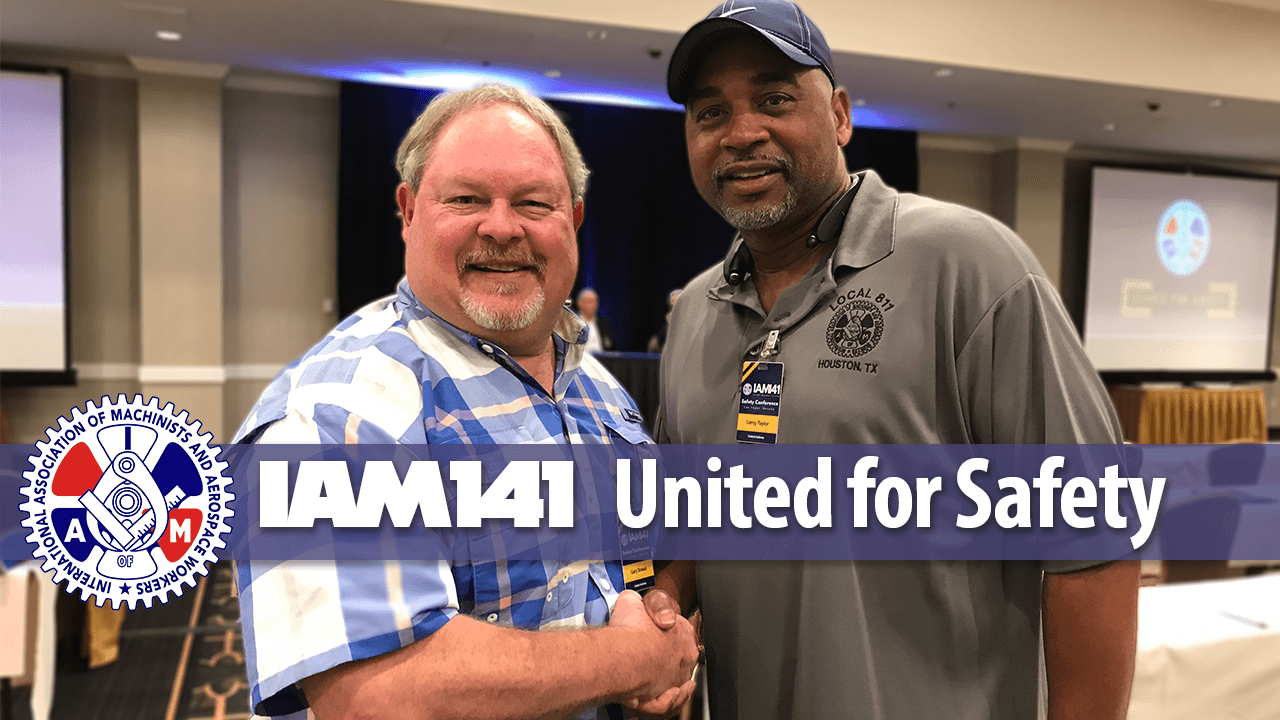
by Eric Price | Dec 13, 2017 | Airlines, American, Departments, Featured, Hawaiian, Home, Safety, United
To reduce the number of workplace accidents at our nation’s airports, union activists promised to form stronger partnerships with airline and industry leaders at the IAM141 Safety Conference, which began on Tuesday. The IAM141 Safety Conference is an annual...
by Eric Price | Oct 28, 2017 | Departments, Featured, Home, Uncategorized, Video
IAM District 141 Locals sent members to Advanced Leadership class at William W Winpisinger Educational Center. This brief video updates everyone on the good training our members receive.
by Eric Price | Oct 17, 2017 | Airlines, American, Departments, Home, Safety, United, Video
IAM District 141 Safety Reps from United Airlines and American Airlines met at Chicagos Willis Tower on Monday. The Safety Reps and company management went to discuss the GSAP Safety Program United Airlines uses in cooperation with the FAA and the IAM. American...


